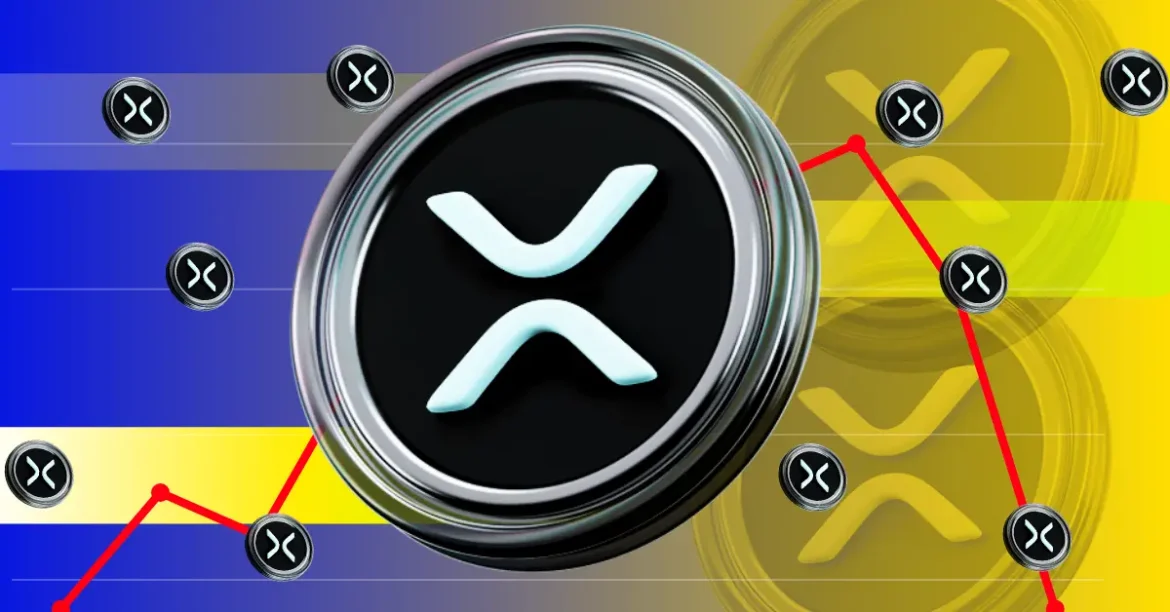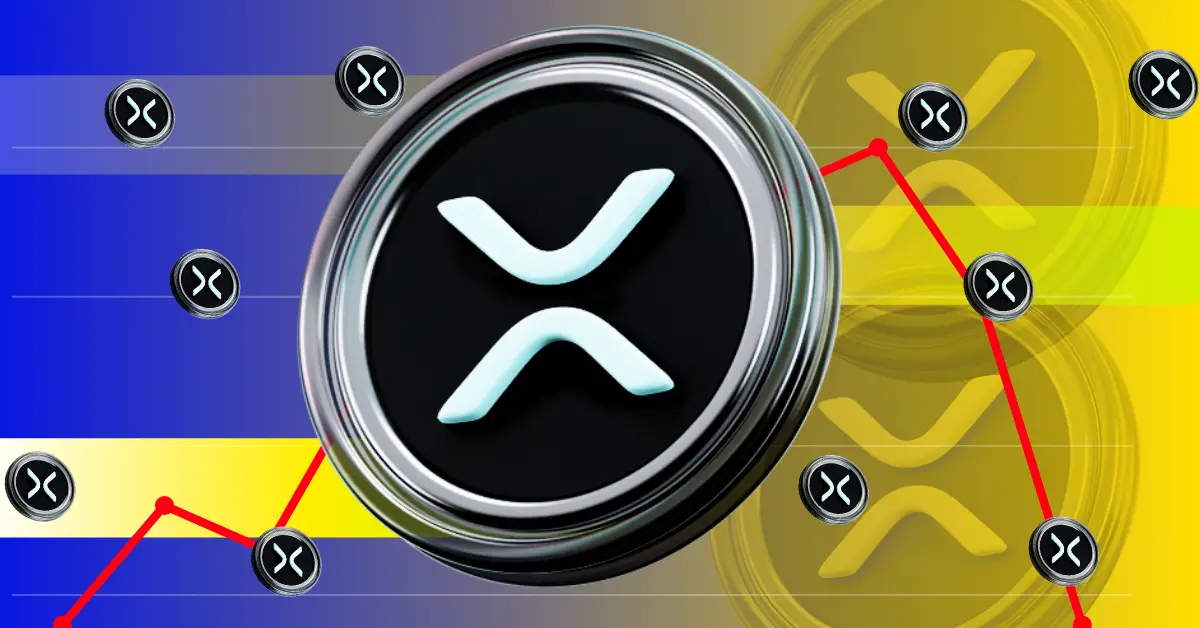The Evolving Role of XRP in a Stablecoin-Driven World
The cryptocurrency landscape is in constant flux, and the emergence of robust, regulated stablecoins presents both challenges and opportunities for established players like XRP. A central concern within the XRP community revolves around whether the increasing sophistication and adoption of stablecoins will diminish the need for XRP, particularly in its core function of facilitating cross-border payments. This analysis delves into the multifaceted relationship between XRP and stablecoins, examining arguments for both disruption and synergy, and ultimately assessing how Ripple’s own stablecoin, RLUSD, fits into this evolving dynamic.
The Core Concern: Redundancy in Cross-Border Payments
The initial worry stems from the fundamental purpose XRP serves: to act as a bridge currency, reducing the costs and settlement times associated with traditional cross-border transactions. Stablecoins, particularly those pegged to the US dollar, offer a seemingly direct solution to the same problem – providing a digital representation of fiat currency that can be transferred globally. Several articles highlight this potential redundancy. The concern, as expressed in a Reddit thread, is that if both a dollar and a dollar-denominated stablecoin exist within a system, the stablecoin could bypass the need for XRP as an intermediary. This perspective suggests that stablecoins could directly fulfill the need for stable value transfer, potentially reducing XRP’s role as a “bridge.”
Furthermore, the versatility of stablecoins, operating across multiple blockchains unlike XRP which is tied to the XRP Ledger (XRPL), adds to their appeal for financial institutions. This multi-chain functionality offers greater flexibility and integration possibilities.
RLUSD: Competition or Complement?
Ripple’s response to this challenge is the launch of its own stablecoin, RLUSD. Initially, the market reaction to the announcement was muted, with XRP experiencing a brief price surge followed by a retraction. However, the prevailing narrative, supported by multiple sources, is that RLUSD is not intended to *replace* XRP, but rather to *amplify* its utility.
The key argument centers on the inherent limitations of stablecoins compared to XRP. While stablecoins provide price stability, XRP continues to offer advantages in speed, cost, and liquidity. Several articles emphasize that XRP can execute transactions faster and at a lower cost than most stablecoins. RLUSD is positioned as a tool to broaden Ripple’s product ecosystem and attract users who prioritize fiat stability, while still leveraging the XRPL’s underlying infrastructure.
The introduction of RLUSD is also strategically aligned with anticipated US stablecoin regulations. Experts believe that a regulated stablecoin environment will directly benefit RLUSD, driving increased usage on the XRPL and, consequently, demand for XRP. This is because XRP remains crucial for providing efficient liquidity between different assets within the XRPL, including RLUSD.
XRP as the Liquidity Engine
A recurring theme throughout the analysis is the idea of XRP functioning as a fundamental “liquidity engine” for the XRPL. Even with the proliferation of stablecoins, XRP retains a pivotal role in enabling efficient liquidity between various assets. This means that while stablecoins might handle the initial transfer of value, XRP is essential for facilitating the subsequent exchange and settlement of those funds within the XRPL ecosystem.
This concept is reinforced by the observation that the XRPL is actively expanding its stablecoin ecosystem, attracting various stablecoins. This expansion doesn’t diminish XRP’s importance; instead, it underscores its role as the underlying infrastructure supporting these new assets. XRP’s ability to provide rapid and cost-effective liquidity becomes even more valuable as the XRPL becomes a hub for diverse stablecoin transactions.
Beyond Payments: A Broader Ecosystem
The potential impact of stablecoins extends beyond simply replicating XRP’s payment functionality. Stablecoins can also provide a stable store of value for XRP holders, mitigating the risks associated with XRP’s price volatility. This is particularly relevant for users who wish to hold value within the XRPL ecosystem without being exposed to the fluctuations of the broader cryptocurrency market.
Moreover, the rise of stablecoins is influencing the broader financial landscape, including emerging technologies like the Internet of Things (IoT). The integration of stablecoins and XRP within “Coldware IoT” applications suggests a future where decentralized finance plays a more prominent role in everyday transactions.
The Regulatory Landscape and XRP’s Position
Upcoming US stablecoin regulations are expected to further solidify XRP’s position. The analysis suggests that these regulations will create a more favorable environment for RLUSD, driving adoption and increasing demand for XRP. A clear regulatory framework will enhance trust and confidence in stablecoins, encouraging greater institutional participation and ultimately benefiting the entire XRPL ecosystem.
The debate surrounding whether XRP *is* a stablecoin itself highlights the nuances of its classification. While some have argued for its categorization as a stablecoin, particularly following a World Bank assessment, the core distinction lies in XRP’s unfixed value. Unlike traditional stablecoins pegged 1:1 to the US dollar, XRP’s price is determined by market forces. However, Ripple’s efforts to enhance XRP’s utility and stability through partnerships and technological advancements could contribute to a more predictable market environment.
A Symbiotic Future: The Conclusion
The narrative surrounding stablecoins and XRP is not one of simple disruption, but rather of complex interplay and potential synergy. While stablecoins undoubtedly offer a compelling alternative for certain cross-border payment scenarios, they do not render XRP obsolete. Instead, the rise of stablecoins, particularly RLUSD, appears poised to *complement* XRP’s existing functionality, expanding the XRPL ecosystem and solidifying its position as a leading platform for digital asset transactions.
XRP’s role as a liquidity engine, coupled with the anticipated benefits of favorable regulations, suggests a future where XRP and stablecoins coexist and mutually reinforce each other. The analogy of XRP as a “fast-food chain” – providing speed and efficiency – while stablecoins offer a more standardized product, aptly captures this dynamic. Ultimately, the future of cross-border payments is likely to be a hybrid one, leveraging the strengths of both XRP and stablecoins to create a more efficient, accessible, and inclusive financial system.





